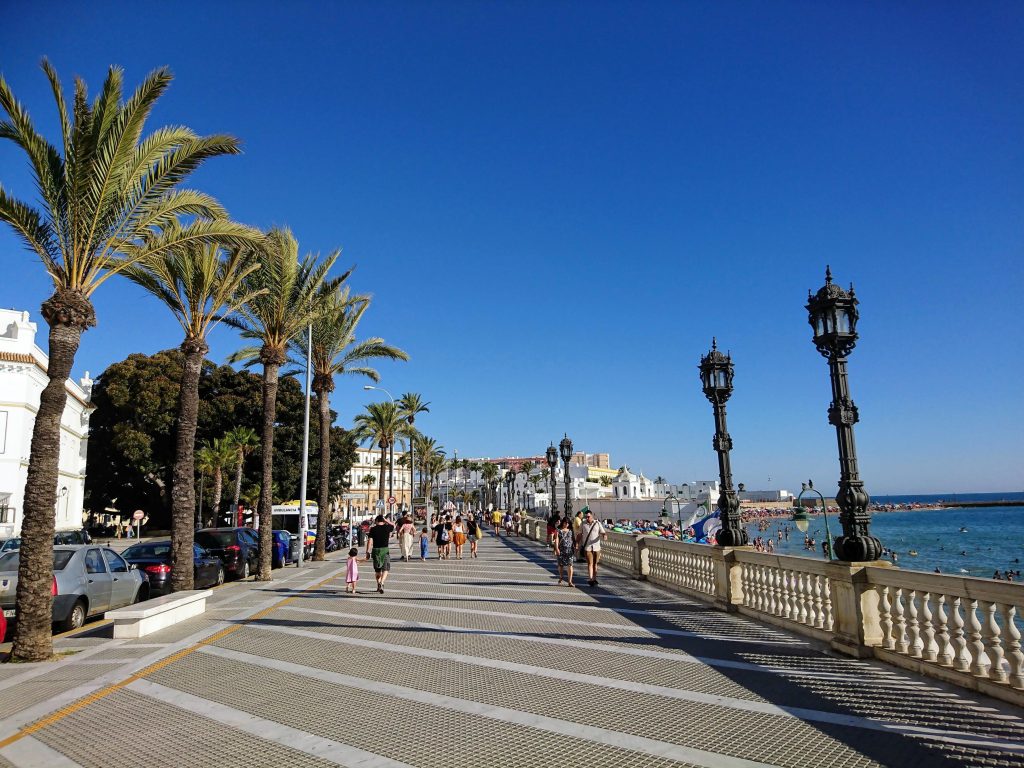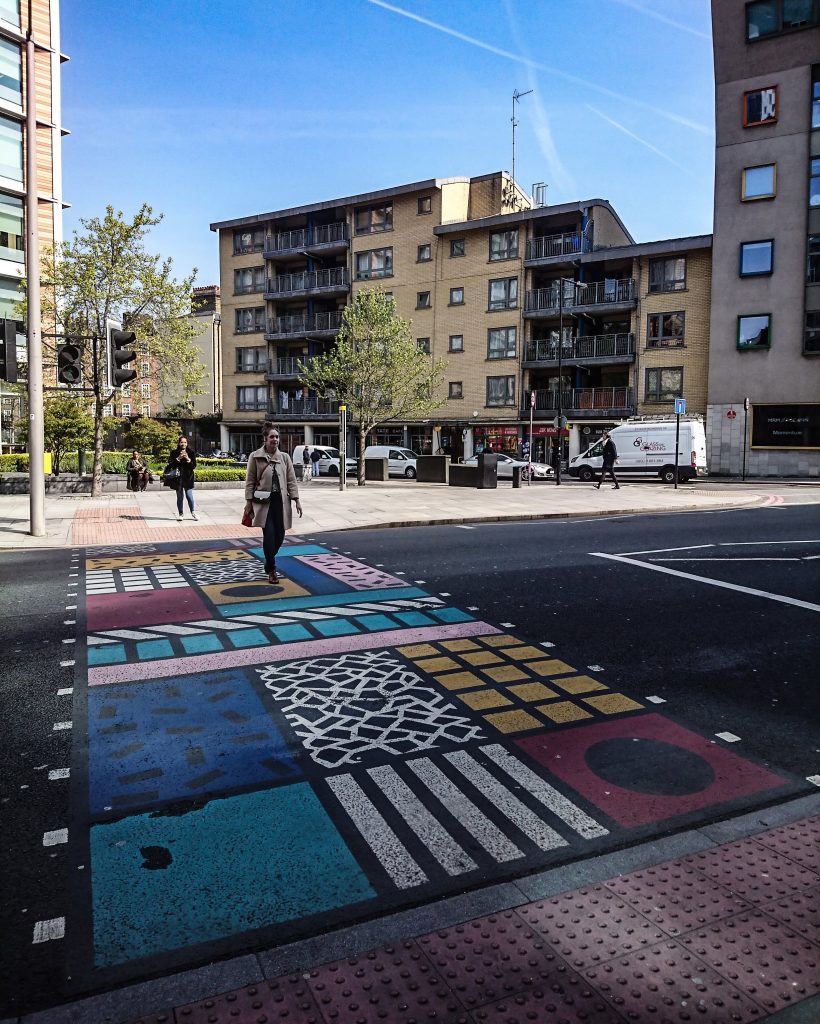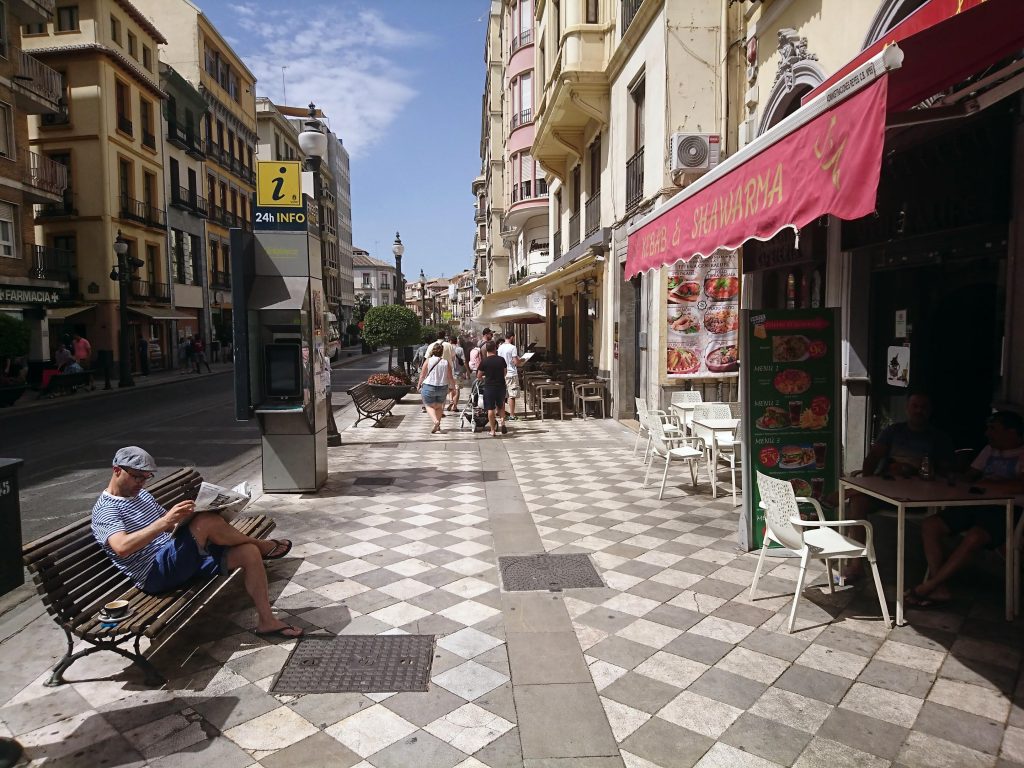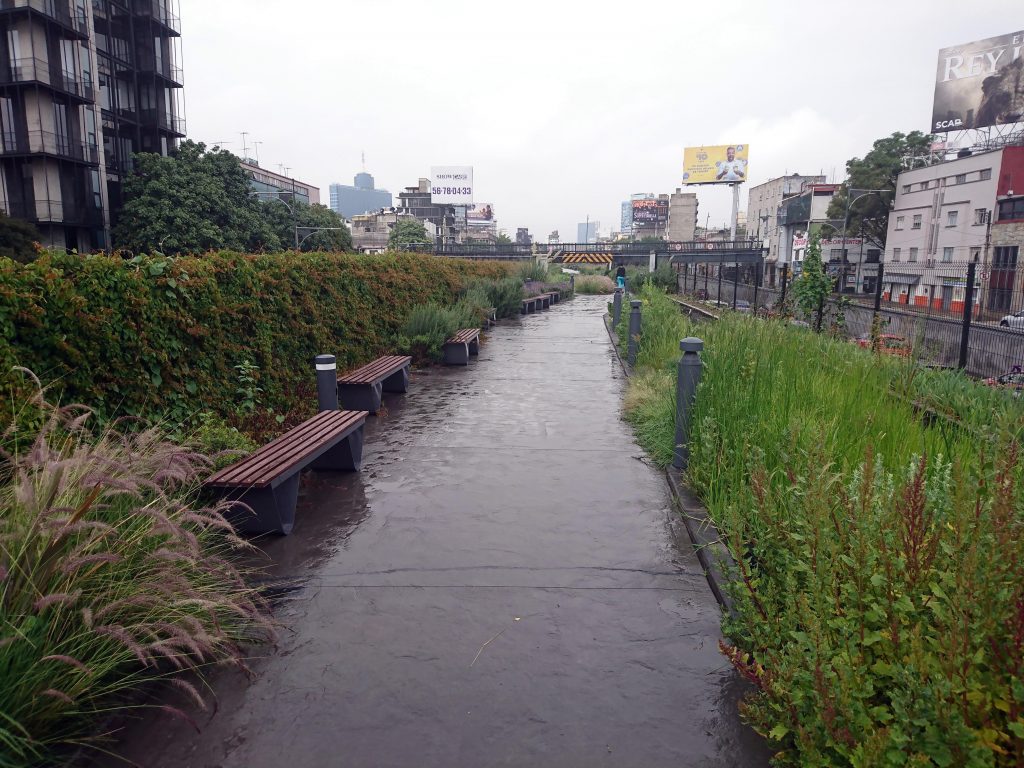There are a number of fundamental characteristics that make a city walking friendly, that encourages people to walk and that can be adapted to any city and urban area around the world.
However, as each city has its own culture, climate and built and social environment it is essential that the local context and priorities are also integrated; so the best walking environment for the city and its population is created. The following elements are key to structuring any city around walking and has drawn upon existing research and case studies from around the world.
1) Designing streets for people not cars

Cities all over the world are waking up to the benefits that reducing motorised transport can have on the health and quality of their urban environments. The now well documented negative health impacts of designing our streets around cars both on people’s physical health through inactivity but also increase road danger risk are both linked to premature deaths and a global health crisis.
Road pricing to disincentives private vehicle use: For these reasons there are now pioneering cities across the globe that are disincentivising car use in urban areas through innovative road pricing policies. London enhanced its congestion charging zone to the Ultra Low Emission zone in 2019, with future plans to expand and increase this further; other cities including Singapore, Stockholm and Milan also have congestion charges.
Restricting motor vehicles movements & re-allocating space: Road pricing also needs to be combined with what many countries and cities are doing by restricting motorised vehicle movements in urban areas. By closing roads to motorised traffic through both temporary and permanent schemes. And replacing them with people focused streets such as pedestrian zones, cycling days and places where people perform the main movements.
- Some good examples include, Mexico City, Bogota, Athens, Madrid and Paris. In London, the City of London is planning on turning 50% of its streets into pedestrian priority streets to accommodate it’s nearly 500,000 daily pedestrian visitors.
- In North American Cities, New York and San Francisco have pioneered reclaiming road space for pedestrians and place making through small localised projects such as parklets – which replace parking spaces with amenities for people such as seating, planters and bike parking. Whilst New York’s infamous Summer Streets programme spearheaded by Janet Sadik-Khan showed how initial small tactical interventions can lead to big reclamations of space such, as Times Square.
- Cities such as Vienna and Oslo now have targets to reduce year on year private motor vehicle parking in central urban areas. At the same time both areas have converted space over to people.
- Research has shown that the more roads you build, rather than relieving traffic, the more congestion you get; this also works the other way round. Studies have shown that when cities efficiently design out cars, such as Copenhagen in Denmark – where reducing the road capacity, making it more difficult to drive but also providing viable alternatives leads to traffic evaporation. There is ongoing research into this phenomena and each location will have its own unique factors, however experience and research like this undertaken by Rachel Aldred in the UK shows that people focused design and restricting vehicles reduces congestion
Reducing speed and volumes: Restricting both the speed and volume of traffic is essential to reversing the focus of urban design on cars rather than people. Evidence shows that speed and volume of traffic is a big determining factor as to whether people choose to walk or cycle, how safe they feel and how likely they are to let their children walk to school.
- 20mph speed limits are now being seen across many cities, along with school road closures and the expansion of low traffic neighbourhoods – that use modal filters to restrict rat running through residential neighbourhoods, reduce volumes and speeds at the same time as promoting walking and cycling.
- Such as the Mini-holland scheme in Waltham Forest London , based on the pioneering urban design in Scandinavian Countries – which actually leads to reductions in traffic, increases in walking and cycling rates and places that people want to spend time.
However, all these measures to reduce car use must be accompanied by policies and practices that promote walking and travel by other means such as walking, cycling and by public transport.
2) Create attractive and safe walking environments

It isn’t enough to restrict car use and reduce dominance in cities, investment in improving the walking environment is also essential.
Cities need to make people want to walk by creating attractive, safe and direct walking networks that are viable alternatives to using private vehicles. Whilst also ensuring that these walking networks are linked with key walking routes between city centres, residential, commercial, education and recreational areas.
- Ensure a high-standard of walking infrastructure is always essential (check out our guidelines on walking friendly streets). Starting this the basics – footways that have at least 2.5 m effective width and that pedestrian comfort is maintained throughout walking networks.
- Walking friendly streets doesn’t stop at the footway, designing the whole of a street so they give pedestrians and not cars more priority is important. As is increasing permeability of roads, providing safe crossing points at key desire lines and giving pedestrians the right of way through pedestrian priority streets.
- Research also shows that if we design our streets around the needs of the most vulnerable, which in most cases include children, those with disabilities and older adults, and make them as accessible and safe for walking as we can, then we will be designing cities that are the best for all.
3) People focused Place making: high quality people focused public realm

Creating places where people want to spend time and with things to see and do is also very important when it comes to walking friendly cities.
- In addition to good walking routes and deincentivising other travel modes people also need a reason to walk to or through an area or to stay in a place. Research and now sustainable planning tools are reflecting this need, the London initiated Healthy Streets Indicators have enshrined this with Things to see and do as a key indicator of how healthy a street is.
- When you ask people what they like about a place, they often say because it’s comfortable to be in (e.g. safe, with seating that enables people to spend time there), due to the aesthetics (attractive environment with interesting features e.g. things to see and do) and because it is convenient.
- Evidence shows that the quality of the pedestrian environment in Cities and urban areas has a big impact on whether people want to walk or spend time there. Jan Gehl in his book Cities for People highlights how people choose to walk and spend time in places where and when the right street environment is in place. This can include the type and location of seating or perching options; if there is room and correct noise levels on a street for people to have a conversation, right down to whether the building fronts are active and occupied.
- Pedestrian focused wayfinding is also essential for promoting walking in a city and ensuring that walking networks are easy to navigate and convenient for all to use. TfL’s Yellow Book brings together years of research into how our minds map places to create Legible London the innovative and intuitive wayfinding system rolled out across London. Art and aesthetics can also be incorporated into wayfinding to link both together.
4) Public Transport: Affordable, accessible, convenient and efficient
To reductuce private motorised vehilce journeys it is essential to make sustainable public transport in cities viable alternatives for travelling distances that cannot be made by walking or cycling.
This is where designing affordable, efficient, well integrated, equitable and convenient public transport systems comes in. This way public transport forms a key part of making a city walkable – if using public transport becomes more convenient and cheaper than driving, more people will walk to and from public transport hubs as part of their journey. Compared to driving from A-B which can involve little or no walking.
To make this a reality the following principles can be followed:
- Integrating public transport hubs and walking networks: Ensuring that walking to and from hubs and stops of public transport is easy, safe, convenient and attractive will encourage walking as part of everyday journeys.
- Stations and transport hubs need to be strategically placed to serve both transport routes, but also support and enhance mixed land use to encourage more walking
- Providing public transport that enhances accessibility for all areas of a city and is affordable and not just for the richest is essential so that all areas of society benefit
- When installing Bus Rapid Transit systems it is also essential that the bus platform is accessible for pedestrians with safe and convenient crossing points and accessible onward walking and cycling infrastructure.
- Whilst public transport also needs to be treated as a city shaping investment rather than just a mobility investment to benefit the city as a whole.
In addition to the traditional examples of successful transport systems such as Berlin, Singapore, London, Shanghai etc; other examples are emerging that utilise local innovations and engage and provide for their communities, such as:
- Medellin’s public cable car system that provides affordable and accessible public transport from poorer neighbourhoods into town through cable car networks that cross the cities mountainous terrain.
- The use of Transit Orientated Development (TOD) and Bus Trapid Transit (BRT) systems and integrating local programmes
5) Urban planning: integrating walking networks with mixed land use
Integrating walking networks and routes into urban planning is essential for cities to encourage people to walk.
Creating cities that embrace mixed use planning principles, that bring together residential, commercial, recreation and education elements in neighbourhood / town centre sized areas of around 400m2 have been shown to increase walking and cycling rates in residents and visitors. Whilst the more mixed land use an area of a city has the more reasons there are to visit it and walk.
6) Integrating green urban infrastructure and walking networks

Green infrastructure is also a core key element of a walking friendly city and one that has multiple benefits for both people and the built environment. Cities and places that have a high level of greenery both on streets, including trees and planting on streets and buildings as well as regular open green spaces and parks, have been shown to increase the levels that people walk. In addition, greenery on streets also improves pedestrian safety as they have been shown to reduce road speeds.
Find out more by reading our article on the benefits of Walkability from Green Infrastructure in Cities.
Published September 2019

